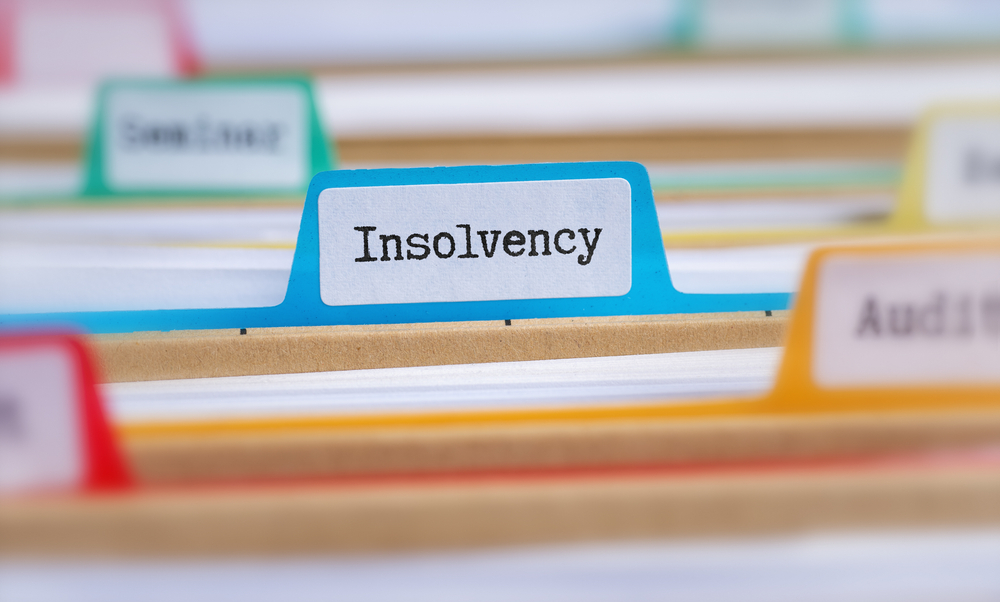
Insolvency Practitioner vs Insolvency Administrator
What Is the Difference Between an Insolvency Practitioner and an Administrator?
When your business encounters financial difficulties, you may encounter terms such as “Insolvency Practitioner” and “Administrator”. Let’s explore the distinction between these roles.
An Insolvency Practitioner (IP) is a licensed professional authorised to act on behalf of companies and individuals facing insolvency or acute financial distress. IPs are qualified to handle a range of insolvency procedures, including liquidations, administrations, and voluntary arrangements.
An Administrator, conversely, is a specific role that an IP assumes when a company enters administration. Upon appointment as an Administrator, the IP takes control of the company with the following primary objectives:
- Rescuing the company as a going concern
- Achieving a better result for creditors than immediate liquidation
- Realising property to pay secured or preferential creditors
In essence, all Administrators are Insolvency Practitioners, but not all Insolvency Practitioners are currently acting as Administrators. An IP becomes an Administrator when appointed to oversee a specific company’s administration process.
The Role of Insolvency Practitioner
IPs are exam-qualified professionals who have obtained their licence from a regulatory body, such as the Institute of Chartered Accountants in England & Wales (ICAEW). This qualification process ensures that IPs are fully conversant with the Insolvency Act, Insolvency Rules, Companies Act, and other relevant legislation.
Examples of Insolvency Procedures: IPs can handle various insolvency procedures, including company liquidations, company administrations, company voluntary arrangements (CVAs), and individual voluntary arrangements (IVAs).
Key aspects of an IP’s role include:
- Assessing financially distressed individuals and companies
- Providing the best advice on available options
- Discharging relevant processes as an office holder
IPs also have a duty to identify any pre-insolvency misconduct. This serves two purposes: to challenge and potentially overturn transactions that could benefit creditors, and to report to the Insolvency Service on company officers’ conduct.
The Role of Administrator
An Administrator is an Insolvency Practitioner appointed to manage a company that has entered administration and whose primary function is to realise the company’s assets for the benefit of creditors[1]Trusted Source – GOV.UK – Powers of an administrator. While this role shares similarities with a liquidator, there are key differences in objectives and the protections afforded to the company.
An Administrator’s main functions include:
- Trading the business to complete near-term projects
- Maintaining business viability while seeking a buyer
- Utilising the administration moratorium to protect company assets
- Meeting only current costs, not historic liabilities
- Negotiating with interested parties for business sale
The administration process provides a unique opportunity to preserve value in the business. By continuing to trade, Administrators can often achieve better outcomes for creditors than immediate liquidation. This might involve completing profitable projects or maintaining the business as a going concern to attract potential buyers.
Legal Powers: IP vs Administrator
Insolvency Practitioners and Administrators both have significant legal powers, but Administrators have some unique abilities that set them apart.
An IP’s legal powers vary depending on the specific insolvency procedure they’re overseeing. These typically include investigating company affairs, realising and distributing assets, and negotiating with creditors.
An Administrator, as a specific type of IP, has some distinct powers granted by the Insolvency Act 1986. The key differences include:
- Statutory moratorium: Prevents legal actions against the company without court permission or the Administrator’s consent.
- Objective-driven approach: Focus on rescuing the company as a going concern or achieving a better result for creditors than liquidation.
- Enhanced trading powers: Can continue trading the business without personal liability, unlike in liquidation.
- Management control: Power to remove or appoint directors, call meetings of members or creditors, and control management without directors’ consent.
- Disposal of fixed charge property: Can dispose of property subject to a fixed charge without the owner or charge-holder’s consent, with court permission.
- Distribution powers: Can make distributions to unsecured creditors without court approval, unlike in liquidation.
The statutory moratorium is particularly significant, as it provides greater protection against creditor actions. This allows Administrators more flexibility in managing the company’s affairs, potentially achieving a better outcome for all parties involved
The primary sources for this article are listed below, including the relevant laws and Acts which provide their legal basis.
You can learn more about our standards for producing accurate, unbiased content in our editorial policy here.
- Trusted Source – GOV.UK – Powers of an administrator








